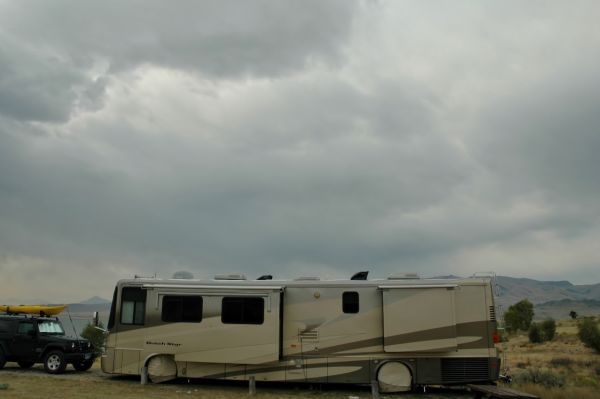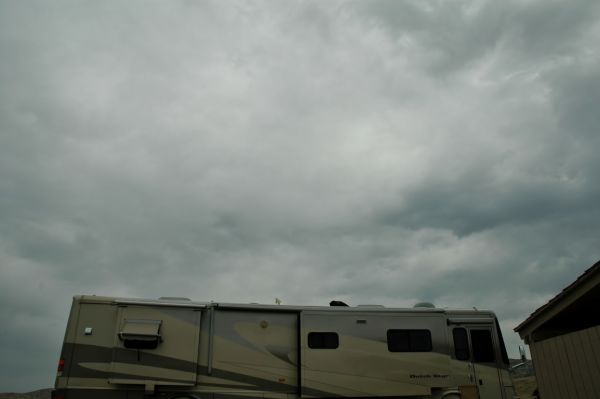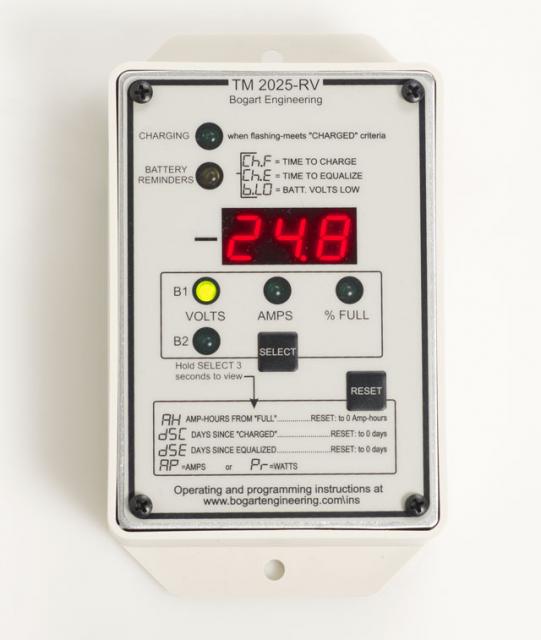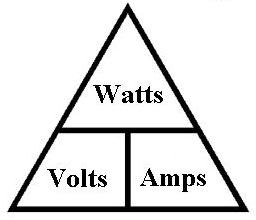A commonly held belief is that solar panels do not produce electricity when there are clouds nor in anything but direct sunlight. Meaning; the nay-sayers like to tell people that solar doesn’t work unless it is bright sunshine.
Perhaps this was true with the early photovoltaic panels but it isn’t true anymore. Maybe a bit of proof will help those that are spreading inaccurate information.
I am sitting south of Dillon, Montana and there are plenty of clouds today. The following photos were just taken (9/3/2015 at about 11 am). Note, the clouds have formed a solid overcast.


The next photo is of my battery monitor and solar charge controller monitor. The bottom number (circled in red) tells you that the solar panels are producing 11.8 amps at 13.3 volts. The top number (circled in red) tells you how many amps are going into the battery bank (9 amps). My motorhome typically consumes approximately 2 amps (12.5 volts) with just the basic equipment running. Currently the absorption refrigerator is also running (on LP). So, the motorhome is consuming 2.8 amps of the 11.8 amps being generated.
If the clouds do not change all day long (they will), I would expect the solar panels to continue generating this amount of power until about 4 pm today (possibly a bit later). This means that they produced power for about 8 hours today.
So, from these numbers and assuming nothing changes, my solar system will generate approximately 94 amp-hours (11.8 amps x 8 hours) or 94 amp-hours at 13.3 volts. This is approximately 1250 watt-hours.
1250 watt-hours is enough to power my entire rig for a day under the current conditions (no need for furnace, don’t need a lot of lighting, probably won’t watch a lot of TV today, etc…).
Not too bad for a system that “doesn’t work”.
Obviously, the output is significantly decreased (versus when not cloudy). However; the system is still working. Using some fancy math, my calculations show that the system is working at 24% of rated power and at 30% of expected power (given losses due to various items, I expect for a maximum output of 80% of rated power). For more info on that topic – see this post on flat versus tilt mounting.





Leave a Reply